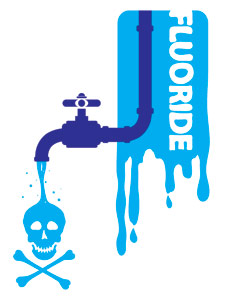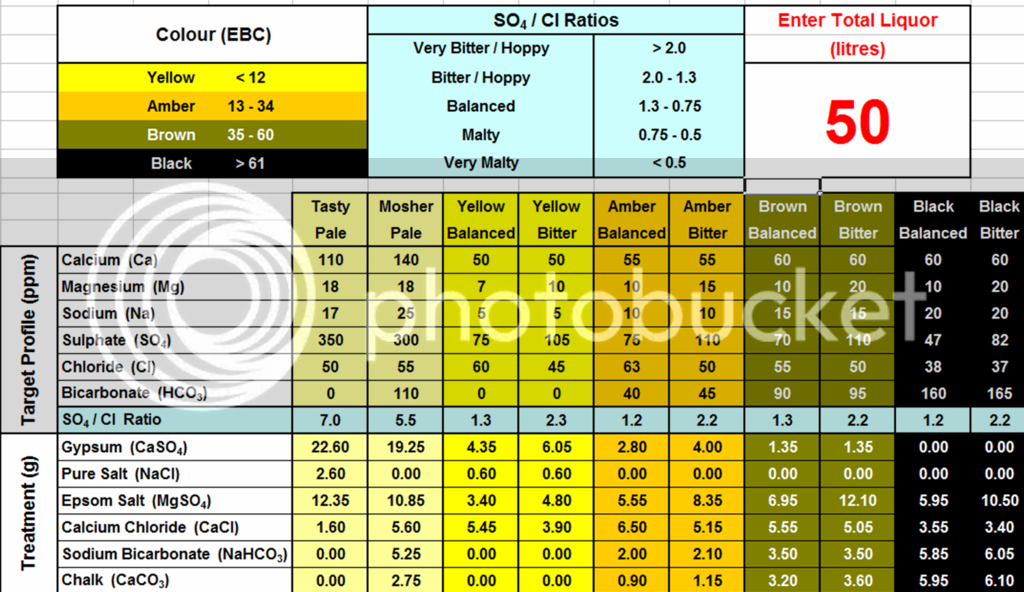RO water is perfect for brewing with when 'built' back to a target water profile. The other good thing is any profile can be recreated. RO is also a very cheap and easy solution, if you are not on a water meter....
In simple terms (as I understand it!), the profiles are decided mainly by two things:
- the predicted colour of the beer, which gives you an estimate of the acidity contribution of the grist, and the profile required to balance this and achieve the optimum mash pH range. The darker the beer, the more acidic the grainbill...
- the 'style' of the beer. The sulphate/chloride ratio can be adjusted to suit a malty or a hoppy beer...
The good news. You don't really need to know any of this in detail. You can Google a good profile for your beer style, put the figures into something like Beersmith, and it tells you exactly how much of each chemical to add. They are simple chemicals too - gypsum, baking powder, epsom salts.... Buy some 'jewellers scales' from ebay for ã3 and you are off.....
Or copy what someone else has done until you get into it... The following table is what I use, I've done about 60 beers with these figures now. (I've set it to 50 litres total water. Scale if you need to.) It has profiles for the range of beer colours, plus two US-style pale ale hop-forward profiles.
- Choose you beer colour (top left)
- Choose a profile
- Add the quantities from the bottom half of that profile column to your total water volume (add any chalk to the grains, add the rest to the water)
- Done







![BREWING THERMOMETER STICKERS ACCURATELY MONITOR FERMENTING BEER & WINE LIQUID TEMPERATURES 5PCS HOME BREW SPIRITS WINE LCD ADHESIVE [US]](https://m.media-amazon.com/images/I/311DDjo2X3L._SL500_.jpg)



































